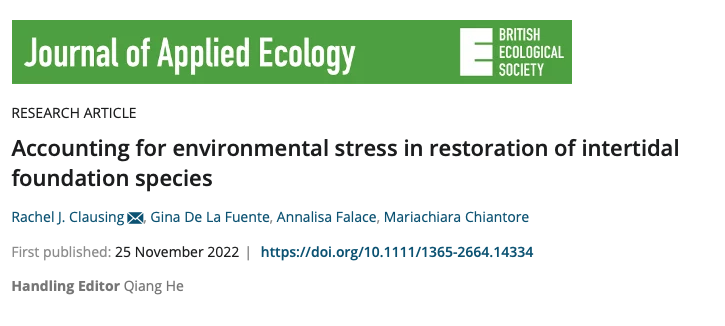We are pleased to share with you our earliest three REEForest scientific articles!
The first, “Where and how – new insights for brown algal forest restoration in the Adriatic“, published in the journal ‘Frontiers’, analyse the reproductive traits of three populations of a Cystoseira species, Gongolaria barbata.
The researchers thus assessed the differences in their potential reproductive success as well as determined whether the explantation is really effective in terms of final restoration, still in relation to the different donor and recipient sites. The knowledge acquired during the previous LIFE project, ROCPOP, has been crucial to acquire these results that are going to help the actual project too.
Restoration of habitat-critical species can be difficult if their survival in the early life stages depends on too many factors, including the necessary presence of a thriving associated adult population.
In the second paper, “Accounting for environmental stress in restoration of intertidal foundation species”, published in the “Journal of Applied Ecology”, we therefore tested strategies to increase the resilience of juveniles of another Cystoseira species: Ericaria amentacea.
We cultivated them in the laboratory by subjecting them to the same environmental stress as in a habitat where the algae was present in the past but without conspecifics. Another step towards understanding how to make restoration more effective.
One of REEForest’s partners is the Cilento National Park in Italy, hence the third paper, “The Lush Fucales Underwater Forests off the Cilento Coast: An Overlooked Mediterranean Biodiversity Hotspot”, that investigates precisely the extensive presence of healthy and dense marine forests, formed by algae of the order Fucales, in the Santa Maria di Castellabate Protected Area.
These results, published in “Plants” journal (MDPI), underline the high ecological value of the area and confirm it as a suitable site for our project activities!






